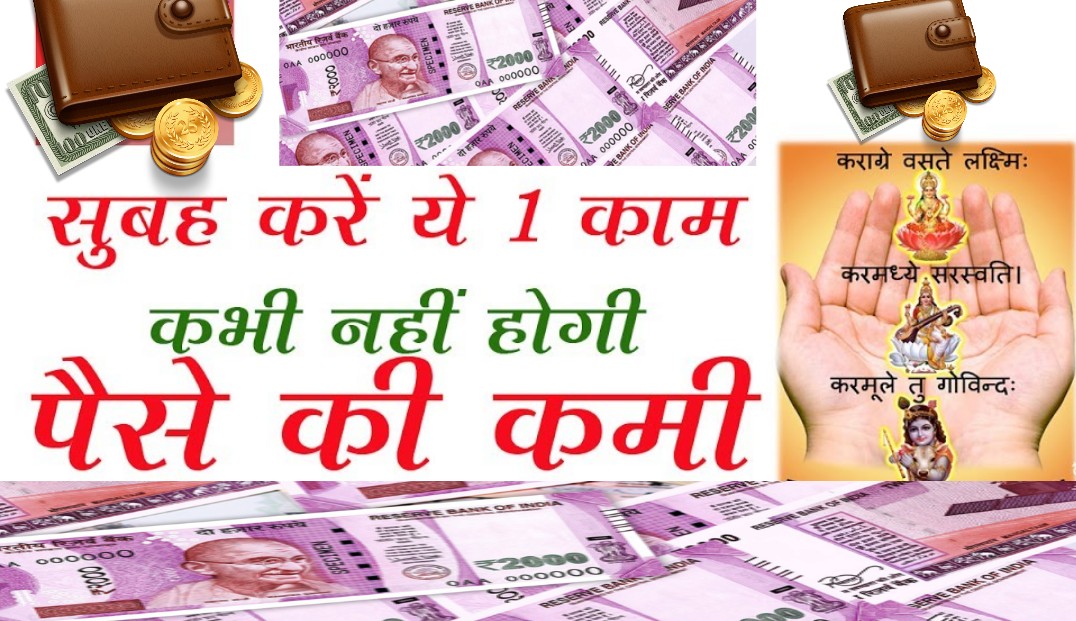Budget 2025: Will Home Loans Become More Affordable for First-Time Buyers?

The Union Budget 2025, presented by Finance Minister Nirmala Sitharaman on February 1, has brought a mix of optimism and caution for first-time homebuyers in India. With rising property prices and fluctuating interest rates, housing affordability has been a pressing concern for millions of Indians. This year’s budget introduced several measures aimed at easing the financial burden on homebuyers, particularly those purchasing their first homes. However, the question remains: will these initiatives make home loans more affordable for first-time buyers? Let’s explore the key highlights of Budget 2025 and their potential impact on housing affordability.
Key Announcements in Budget 2025
The Budget 2025 introduced a slew of reforms targeting the housing sector, with a focus on affordability, tax relief, and infrastructure development. Here are the major announcements that could influence home loan affordability:
- Increase in Tax Exemption Limits:
- The income tax exemption limit under the new tax regime was raised to ₹12 lakh, providing middle-class families with more disposable income. This move is expected to ease the financial strain on households managing both rent and home loan EMIs.
- Under Section 24(b) of the Income Tax Act, the deduction limit for home loan interest payments was increased from ₹2 lakh to ₹3 lakh. This change is particularly beneficial for first-time buyers as it reduces their taxable income and offers significant savings.
- Revival of the Credit Linked Subsidy Scheme (CLSS):
- The government announced the revival of the CLSS under the Pradhan Mantri Awas Yojana (PMAY). This scheme provides interest subsidies to first-time homebuyers in lower- and middle-income groups, making EMIs more affordable.
- Special Window for Affordable Housing Projects:
- An additional ₹15,000 crore was allocated to the SWAMIH Fund 2.0 to complete stalled housing projects. The fund aims to deliver an additional 40,000 housing units in 2025, restoring buyer confidence and improving liquidity in the real estate sector.
- Reduction in GST Rates:
- The Goods and Services Tax (GST) on under-construction properties and affordable housing was reduced from 18% to 12%. This measure is expected to lower overall costs for homebuyers.
- Urban Infrastructure Development:
- A ₹1 lakh crore Urban Challenge Fund was introduced to rejuvenate Indian cities and improve connectivity in emerging regions. Enhanced infrastructure is likely to unlock real estate potential in Tier-2 and Tier-3 cities, making housing more accessible.
Opportunities for First-Time Homebuyers
The measures announced in Budget 2025 present several opportunities for first-time homebuyers:
1. Enhanced Affordability Through Tax Relief
The increase in tax deductions under Section 24(b) provides direct financial relief to borrowers by reducing their taxable income. For instance, a borrower paying ₹3 lakh annually as home loan interest can now claim the entire amount as a deduction, resulting in substantial tax savings.
2. Lower Cost of Borrowing
The revival of CLSS under PMAY is a game-changer for first-time buyers in lower- and middle-income groups. By offering interest subsidies on loans, this scheme reduces monthly EMIs and makes homeownership more attainable.
3. Increased Housing Supply
The allocation to SWAMIH Fund 2.0 ensures the completion of stalled projects, adding ready-to-move-in homes to the market. This not only stabilizes property prices but also provides buyers with more options.
4. Boosted Spending Power
By raising the income tax exemption limit to ₹12 lakh, middle-class families now have greater spending power. This additional disposable income can be directed toward down payments or monthly EMIs.
5. Infrastructure-Led Growth
Improved urban infrastructure enhances connectivity and livability in emerging cities, encouraging first-time buyers to consider properties outside metro areas where prices are relatively lower.
Challenges That Persist
While Budget 2025 introduces promising measures, several challenges remain that could hinder the affordability of home loans:
1. High Property Prices
Despite government efforts, property prices continue to rise in urban centers due to high land costs and demand-supply imbalances. For many first-time buyers, this remains a significant barrier to entry.
2. Interest Rate Volatility
The Reserve Bank of India (RBI) has maintained a cautious stance on repo rate cuts due to inflation concerns. Without a reduction in lending rates by banks, home loans may remain expensive despite government subsidies.
3. Limited Reach of Subsidy Schemes
While CLSS is beneficial, its eligibility criteria often exclude middle-income buyers in metro cities where property prices exceed scheme limits. Expanding these criteria is crucial for broader impact.
4. Regulatory Bottlenecks
Delays in project approvals and compliance requirements increase construction costs for developers, which are eventually passed on to buyers. Streamlining these processes through single-window clearances could help reduce costs.
5. Regional Disparities
While Tier-2 and Tier-3 cities benefit from infrastructure investments, metro areas still face challenges like overcrowding and high property prices. Balancing regional development is essential for equitable growth.
Expert Opinions
Industry experts have weighed in on how Budget 2025 impacts home loan affordability:
- Aditya Jhaveri, CEO of Blox, emphasized that raising tax deduction limits and reviving CLSS are steps in the right direction but called for further rationalization of GST rates on construction materials like cement and steel.
- Dhruv Agarwala, Group CEO of Housing.com & PropTiger.com, highlighted that completing stalled projects through SWAMIH Fund 2.0 will restore buyer confidence but stressed the need for policy consistency to sustain momentum.
- Pranit Arora, CEO of Univest, noted that while fiscal measures are helpful, monetary policy decisions by RBI will play a critical role in determining loan affordability.
What Lies Ahead?
Budget 2025 lays a strong foundation for improving housing affordability but achieving tangible results requires coordinated efforts between government agencies, financial institutions, and developers:
- Expanding Subsidy Coverage:
Revising income limits and property price caps under CLSS can ensure that more buyers benefit from interest subsidies. - Encouraging Affordable Housing Development:
Incentivizing developers through tax benefits or low-cost credit can boost supply in this segment. - Promoting Financial Literacy:
Educating potential buyers about available schemes and tax benefits can help them make informed decisions. - Monitoring Policy Implementation:
Ensuring timely disbursal of funds under schemes like PMAY and SWAMIH is critical for maintaining buyer confidence.
Budget 2025 brings hope for first-time homebuyers by addressing key affordability challenges through tax reliefs, subsidies, and infrastructure investments. However, its success depends on effective implementation and complementary actions by stakeholders across the housing ecosystem.While these measures may not immediately make home loans cheaper across the board due to persistent challenges like high property prices and interest rate volatility, they set the stage for long-term improvements in housing affordability. For aspiring homeowners navigating India’s dynamic real estate market, this budget represents a step closer to realizing their dream of owning a home.




